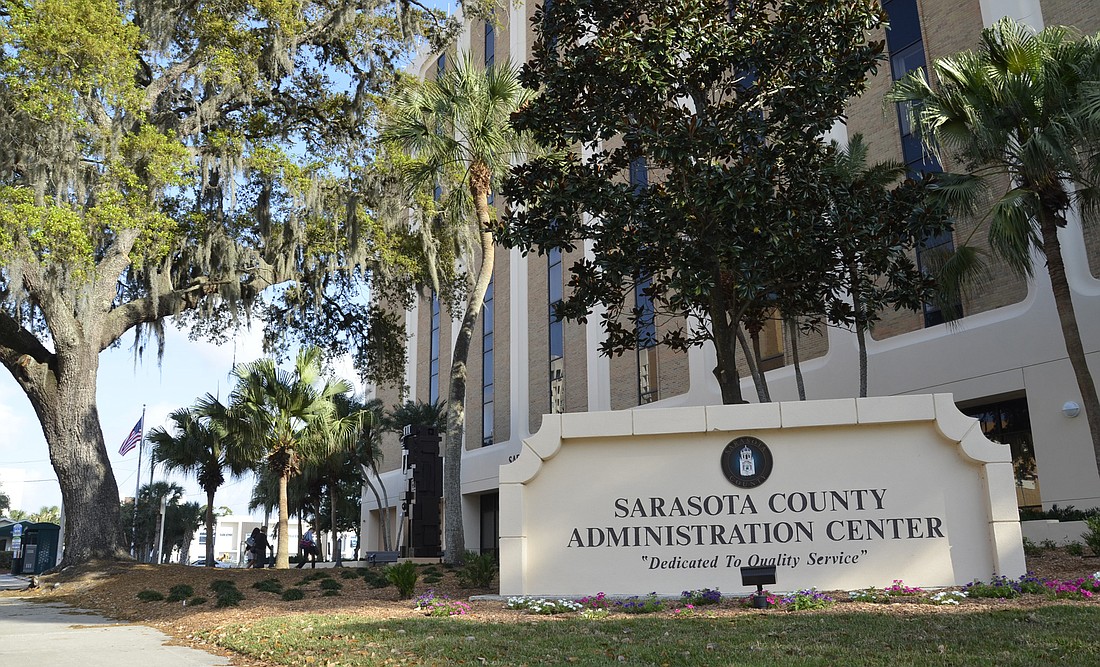- April 18, 2024
-
-
Loading

Loading

Sarasota County commissioners gave nothing but positive feedback after county staff updated them on the 20-year mobility plan that could replace road impact fees.
The State of Florida passed legislation in 2013 that accepted the use of mobility plans and fees as an alternative to impact fees and transportation currency.
Unlike road impact fees, mobility fees can be distributed into multiple different uses related to how residents and visitors travel, such as using the funds to widen or build more sidewalks and bike paths.
Under the mobility fee plan, new developments would pay fees based on future travel demand. The fee would be applied to unincorporated Sarasota County, unless municipalities choose to opt-in. Also, the county would be able to work with developers and provide credit towards the fee if the developer agrees to fund infrastructure needs, such as connecting sidewalks or building new trails.
“This is not a reduction to give developers a break,” said Jonathon Paul, special projects planner for the county, adding that mobility fees recognize that certain areas require different transportation needs.
The mobility plan encourages infill and multi-use development, he said.
The fee is calculated based on the capacity needs of a roadway to serve the future demand and how much of that capacity will be used by a new development. The staff presentation for tomorrow includes some drafted examples of fees charged for different land uses; for example, the fee for a development with 1,500 to 1,999 square-foot single family homes could be $4,073 per unit. However a mixed-use development, with the same residential square footage, would cost $3,055.
Current road impact fee rates charged to either kind of development now are $2,585.
“This is what the community’s asked for—don’t build outside the urban service boundary,” Commissioner Charles Hines said. “This is exciting stuff.”
Paul said the next step in the plan was to reach out to municipalities and collect opinions from the governments on opting into the plan, but commissioners urged him and staff to wait too long.
“We don’t want to miss a year or two of new development to use this,” Hines said.
Paul said the plan was essentially ready to go, and that the technical report and maps were online and available for the public to view and critique.
“We need not miss the next wave of (development),” said Commissioner Alan Maio. “The community needs this. Full speed ahead—months, not years.”